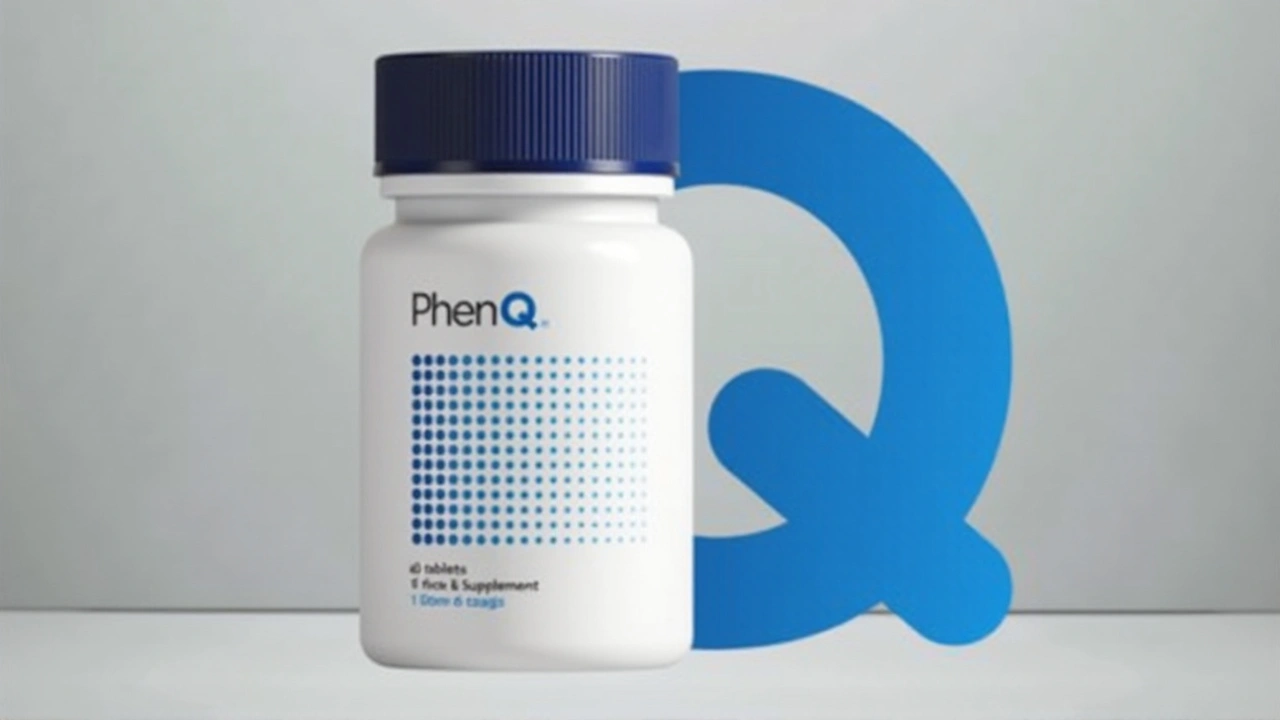Metformin is a common diabetes drug that often lowers blood sugar without causing weight gain.
It works by reducing the amount of glucose the liver makes and improving the body's response to insulin. Doctors prescribe it for type 2 diabetes and for polycystic ovary syndrome (PCOS). It's the first drug tried after lifestyle changes.
How metformin works
Start low and go slow for stomach upset. The usual immediate-release dose starts at 500 mg once or twice daily with food. Extended-release versions let people take one daily dose and often cause fewer gut problems. Your doctor will check kidney function before starting metformin and at least once a year after that. Metformin is not recommended if your estimated glomerular filtration rate (eGFR) is very low.
Safety and buying tips
Common side effects are nausea, diarrhea, and gas. These usually appear when you start or increase the dose and often get better over weeks. A practical trick is to take metformin with meals and to switch to an extended-release form if symptoms persist. A less common but serious risk is lactic acidosis. It is rare, but seek immediate care if you have severe weakness, trouble breathing, or belly pain with muscle pain.
Metformin can lower vitamin B12 over time. Your doctor may check B12 levels if you have numbness, fatigue, or unexplained anemia. Alcohol can raise the risk of lactic acidosis and worsen gut side effects, so avoid binge drinking while on metformin. If you plan pregnancy or are breastfeeding, discuss metformin with your doctor. Some women with PCOS use metformin during pregnancy, but that should be a doctor-led decision.
Drug interactions matter. Certain contrast dyes used in imaging and some heart medicines affect kidney function and may require pausing metformin. Always tell any provider or pharmacist that you take metformin before tests or new prescriptions.
Want to buy metformin online? Always use a reputable pharmacy that requires a prescription. Look for clear contact info, licensed pharmacy references, and secure checkout. Extremely low prices or no-prescription offers are red flags. If you use an international pharmacy, check shipping rules and customs where you live.
Monitor your blood sugar at home as your doctor advises. Keep a record of doses, readings, and any side effects. Bring that log to appointments so your doctor can adjust dose safely. Keep emergency info handy: name of drug, dose, prescribing doctor, and allergies.
If side effects are bad or sugar control is poor, don’t stop metformin suddenly without medical advice. Your doctor can change the dose, switch formulations, or add another medication. Metformin remains a safe, effective option for many people when used with right checks and simple precautions.
Quick checklist: get a kidney test before start, ask about B12 checks, start low, take with food, report severe symptoms, avoid heavy alcohol, use only licensed pharmacies. If cost is an issue, ask your doctor about generic metformin and local assistance programs or drug discount cards to lower out-of-pocket cost. Talk openly with your care team about options.
